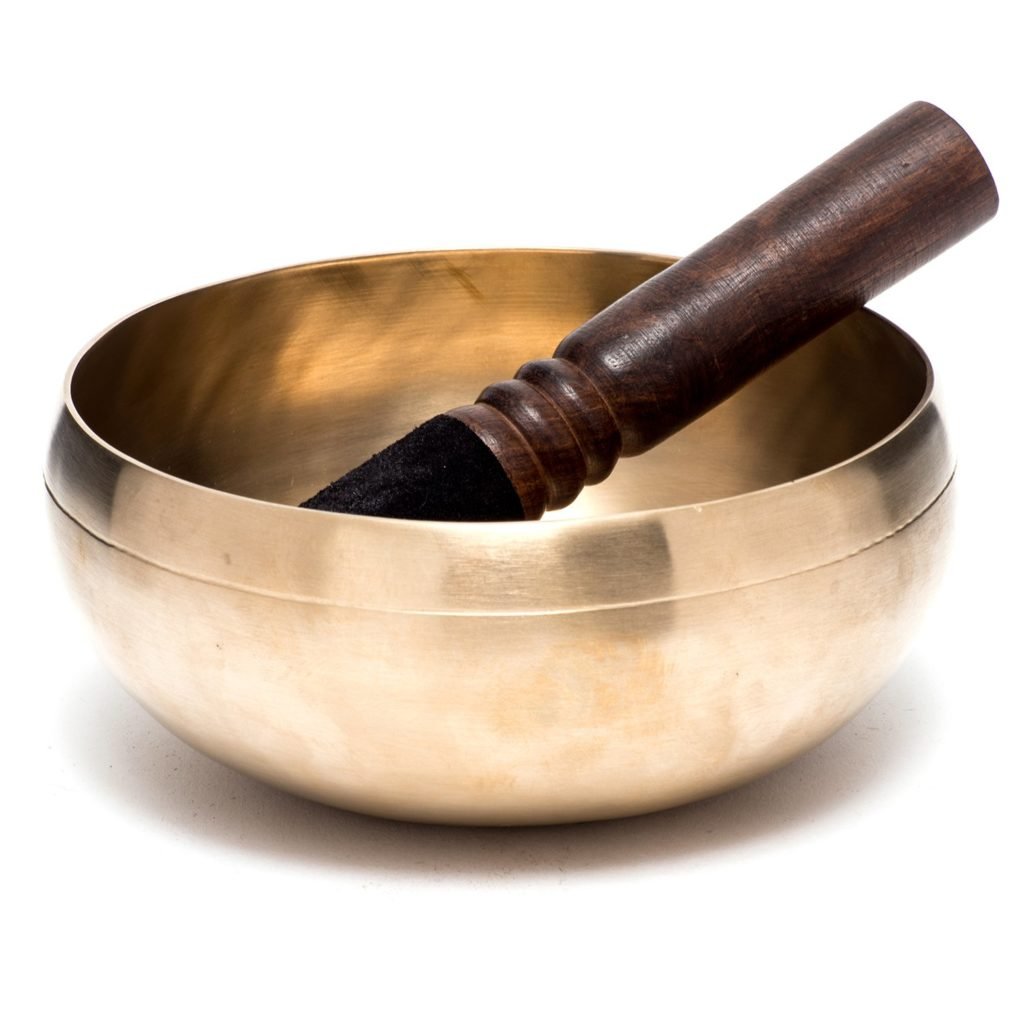An Introduction to Tibetan Healing
Once a niche tradition, the ancient system of Tibetan healing has now become immensely popular all over the world. Although it shares similarities with traditional Chinese and Ayurvedic medicine, its core lies in the teachings and practice of Buddhism.
A key tenet of Buddhism is that life and evolution cause suffering and disease. Physical illness is closely related to mental, social and spiritual illness and negative emotions can cause imbalance in bodily energies, resulting in disease. The essence of the Buddha’s teachings tells us how to tame the mind and alter these negative emotions.
The Tibetan system of healing focuses on curing and preventing suffering by balancing the body and mind. It is a holistic approach to cure minor illness as well as major ailments through changes in diet and behaviour, care, rare herbs, therapies and spiritual practices.
The science behind Tibetan healing: Sowa Rigpa
Sowa Rigpa, or the holistic Tibetan healing system that literally means the ‘science of healing,’ teaches us that the purpose of our lives is to be happy.
Tibetan medicine can help us understand how our health and happiness is affected by our thoughts and behaviour. It is based on the belief that all living beings are composed of three types of energies – loong, tripa and baekan. It is important for all three to be balanced in order to ensure health and wellbeing.
Loong: It enables the body to circulate physical substances (like blood), non-physical substances (like thoughts) and energy (like nervous system impulses).
Tripa: Tripa is the source of several functions including metabolism, thermoregulation and liver functions. It is characterised by heat.
Baekan: It is the source of functions like maintenance of physical structure, aspects of digestion, mental stability and joint health. It is characterised by cold.
Tibetan medicine focuses on keeping these energies in balance with the constitution of a person. Every individual has a unique constitution and we can overcome our weaknesses and enhance our strengths by understanding this make-up.
Basic principles of Tibetan Medicine

According to Tibetan medicine, there are four basic principles – karma, suffering, healing and happiness.
Karma is the universal law of cause and effect. The Tibetan healing system teaches us that it is vital to be aware of the consequences – immediate as well as long-term – of one’s choices, so that we can learn to choose what is good for health and happiness.
Suffering can be mental, physical, spiritual or emotional. It is a universal condition of life and is a result of interpreting life in a negative manner. Nurturing a healthy mind and making lifestyle choices that re-balance our primary energies can result in healing.
Balanced living + Positive thinking = True happiness
Unlike Western systems of medicine, Tibetan medicine concentrates more on treating ailments by pacifying negative emotions and correcting the underlying imbalance. People looking for alternative medicine and healing therapies often choose Tibetan healing as a part of integrative care. If you think that it may be the right choice for you, the best way to start is to seek the help of a Tibetan medicine practitioner who can guide you in restoring the balance of your energies for a happier and healthier life!
For deeper insights into Tibetan Healing as well as other meaningful ways to transform your life for the better, reach out to Kaldan today!












You actually make it seem so easy with your presentation but
I find this matter to be actually something which I think I would never understand.
It seems too complex and extremely broad
for me. I’m looking forward for your next post, I’ll try to
get the hang of it!
I really appreciate your piece of work, Great post.
I do agree with all the ideas you have presented
for your post. They’re very convincing and will
certainly work. Nonetheless, the posts are very brief for starters.
Could you please lengthen them a bit from subsequent time?
Thanks for the post.
Keep this going please, great job!
That is a very good tip especially to those fresh to
the blogosphere. Simple but very accurate info?
Appreciate your sharing this one. A must read article!
As I website owner I think the written content here is really wonderful,
thank you for your efforts.
Every weekend i used to visit this web site, as i wish for enjoyment, since this this site conations actually good
funny data too.
No matter if some one searches for his vital thing, so he/she
wants to be available that in detail, thus that thing is maintained over
here.
I’m gone to inform my little brother, that he should also go
to see this blog on regular basis to obtain updated
from latest news update.
I would like to thank you for the efforts you have
put in writing this blog. I really hope to see the same high-grade blog
posts by you later on as well. In fact, your creative writing abilities has inspired me to get my very own blog now 😉
I’m not sure where you’re getting your info, but good topic.
I needs to spend some time learning much more or understanding more.
Thanks for excellent info I was looking for this information for my mission.
Excellent items from you, man. I have take
into account your stuff prior to and you are just extremely magnificent.
I actually like what you’ve bought right here, really like what you’re stating and the way in which wherein you are saying it.
You make it entertaining and you continue to take care
of to keep it wise. I can not wait to learn far more from you.
That is actually a terrific site.
Hi, I do believe this is an excellent web site.
I stumbledupon it 😉 I will revisit yet again since I book-marked it.
Money and freedom is the best way to change, may you be rich and continue to guide other people.
I simply could not go away your web site before suggesting that I extremely enjoyed the usual information a person provide on your guests?
Is going to be back often to investigate cross-check new posts.
Very nice post. I absolutely appreciate this site. Keep it up!
This article offers clear idea designed for the new people of blogging, that genuinely
how to do blogging and site-building.
“Wow, wonderful blog layout! How long have you been blogging for? you made blogging look easy. The overall look of your web site is excellent, let alone the content!”
If you are going for most excellent contents like
I do, simply visit this website daily since it offers feature contents, thanks
Thanks a lot for the article.Much thanks again.
Someone essentially lend a hand to make significantly articles I might state.
That is the very first time I frequented your web page and to
this point? I amazed with the research you made to make this particular publish incredible.
Wonderful job!
I love what you guys are usually up too. Such
clever work and reporting! Keep up the very good works guys I’ve included you guys to my blogroll.
Unquestionably believe that which you stated. Your favorite reason seemed
to be on the net the easiest thing to be aware of.
I say to you, I certainly get annoyed while people consider worries that they
plainly don’t know about. You managed to hit the nail upon the
top and also defined out the whole thing without having side effect , people can take a signal.
Will probably be back to get more. Thanks
I really wanted to write a small message to be able to express gratitude to you for all of the superb tips you are placing at this site. My incredibly long internet look up has at the end been recognized with useful facts to share with my partners. I would suppose that we site visitors actually are extremely lucky to live in a decent place with many wonderful people with great points. I feel very much grateful to have seen your webpage and look forward to many more entertaining moments reading here. Thanks a lot once again for all the details.
Needed to put you that little remark to be able to thank you very much the moment again about the striking concepts you have documented above. This is quite incredibly open-handed with you to present freely precisely what many of us could possibly have marketed for an electronic book to help make some dough for their own end, chiefly given that you could possibly have tried it in the event you wanted. The thoughts additionally acted to be a good way to comprehend someone else have a similar zeal really like my personal own to understand many more pertaining to this issue. I’m certain there are some more enjoyable times in the future for individuals that read carefully your site.
I wish to express appreciation to the writer just for rescuing me from such a circumstance. Because of exploring through the internet and finding methods that were not productive, I was thinking my entire life was done. Being alive without the approaches to the problems you’ve fixed by way of your entire guide is a critical case, and ones that might have in a negative way affected my entire career if I had not encountered your web blog. Your actual natural talent and kindness in dealing with a lot of things was tremendous. I’m not sure what I would have done if I had not discovered such a thing like this. I can now look forward to my future. Thanks very much for your impressive and sensible guide. I won’t hesitate to propose your web site to anybody who desires guide on this problem.
I simply desired to say thanks once again. I do not know the things that I would have handled in the absence of the actual ideas provided by you regarding that area. This has been a depressing crisis in my opinion, nevertheless being able to view a professional mode you resolved the issue took me to weep with joy. Now i’m happy for your advice and pray you are aware of a powerful job that you’re putting in educating men and women through the use of your websites. I am sure you’ve never met any of us.